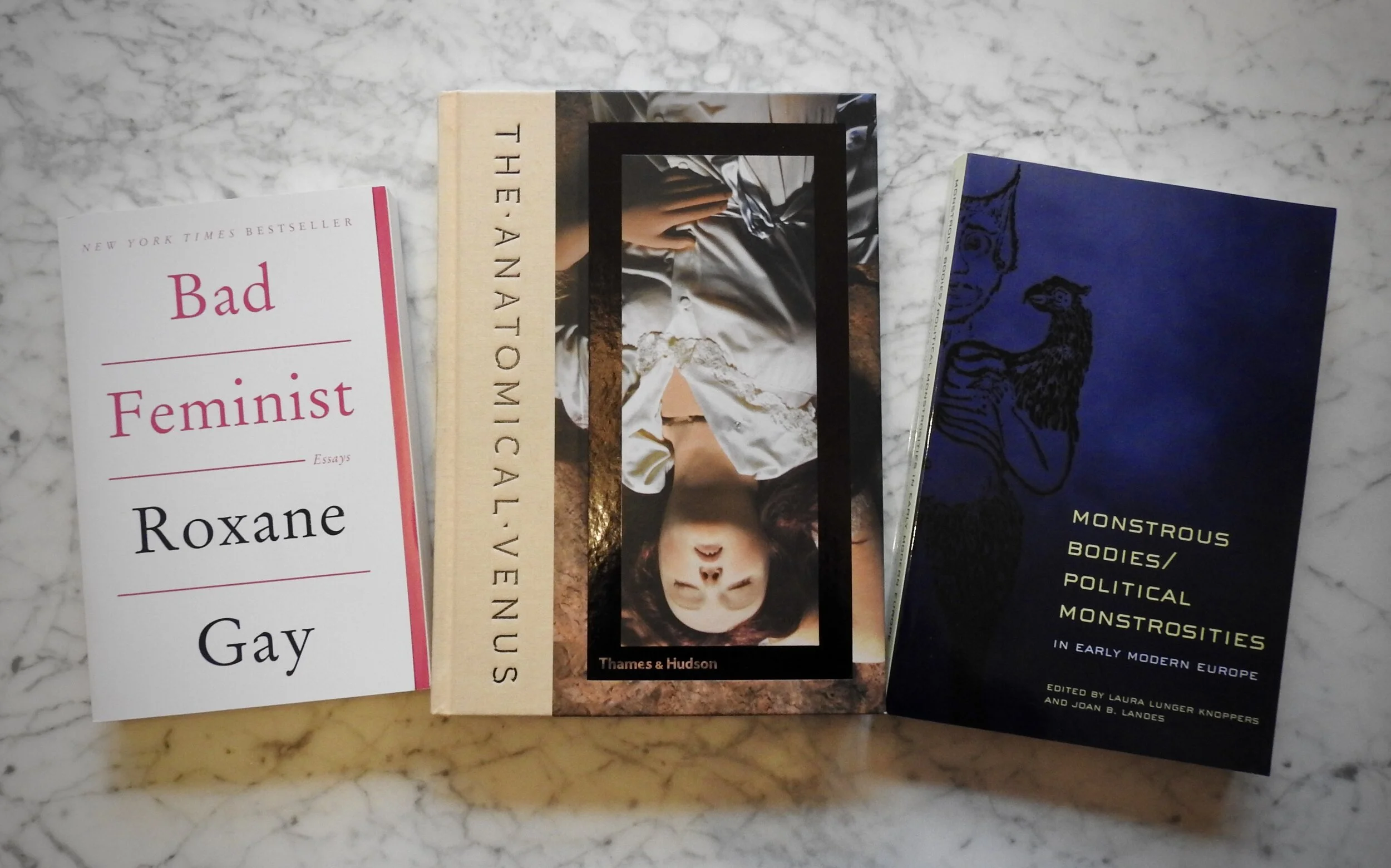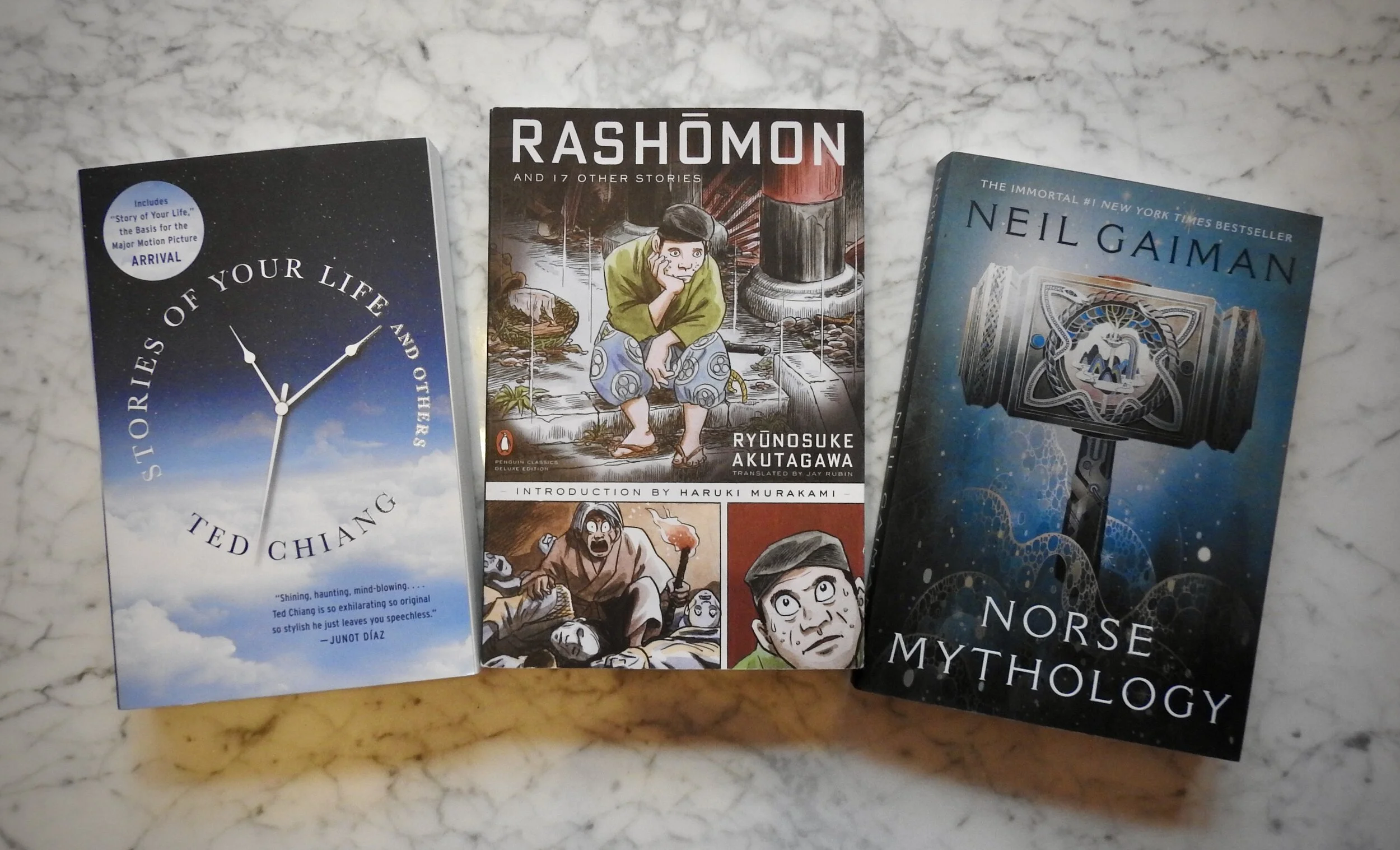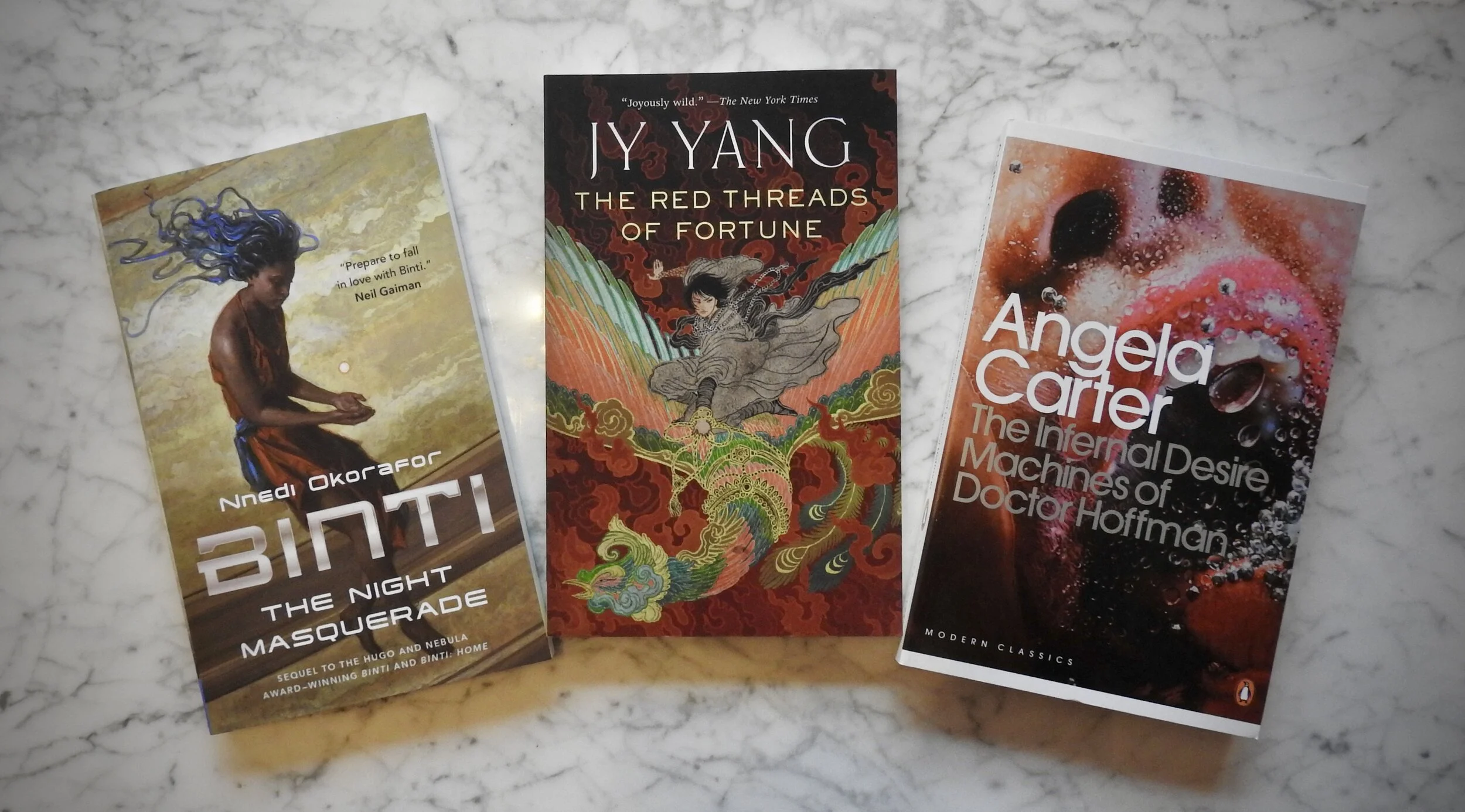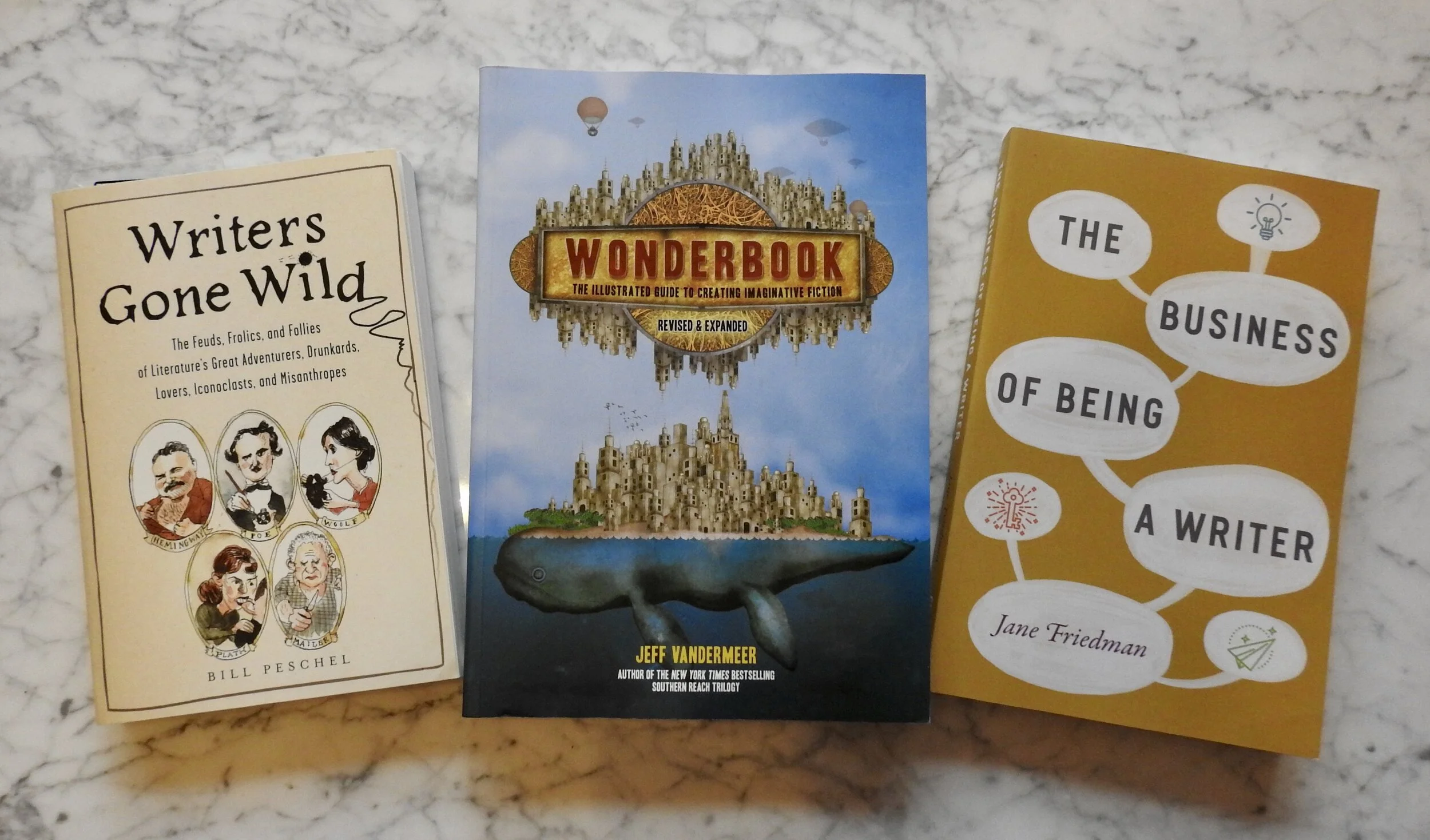I’ve been considering ways to motivate myself to read more—to spend more time reading, to increase my reading speed, and, ultimately, to finish more books. This year, I tried to make sure I read two or three books a month (excluding unpublished manuscripts), but that only had me scratching the surface of the mountain of literature I actually want, and need, to get through.
As I looked into current and past reading sprints, I came across the 10/10/10 reading challenge from 2010, in which participants read ten books in ten categories by October 10 in the hope of not only reading more, but reading more in genres they didn’t normally try.
I really like this concept, but I also know that one of my major goals is to deepen my knowledge of contemporary science fiction and fantasy. Another is to read more that will fuel my own work.
Besides, I’m not sure I want to commit to reading ten books in a genre I may not like. So I decided to adapt the 2010 challenge for both my purposes and the next decade.
Behold, the Visual Writer 2020 reading challenge!
Here are the guidelines:
1) choose 20 categories (can be genres, sub-genres, or any other kind of grouping)
2) one of these categories should have at least 20 books
3) the rest should have at least 5 books
4) individual books can count towards multiple categories
5) the challenge lasts from January 1 to December 31, 2020.
For reference and fun, here are my (likely) 20 categories:
1) Books I owned prior to 2020 (my 20+ category)
2) Non-fiction—science and psychology
3) Non-fiction—memoir/biography/personal essays
4) Non-fiction—history, economics, politics, and culture
5) Short story collections
6) Novellas/short novels
7) Books by Asian, Asian American, or Australian authors
8) Books by African and African diaspora authors
9) Experimental fiction
10) Classic/BIG NAME science fiction
11) Classic/BIG NAME fantasy
12) SF/F featuring non-white protagonists
13) SF/F featuring LGBT+ protagonists
14) Other classics and literary fiction
15) Mythology/fairy tales/folklore/ghost stories
16) Mysteries/suspense/thrillers
17) New releases (2019–20)
18) Books I chose because of their covers
19) Next book in series
20) Graphic novels
Additional pseudo-genre I will probably swap for one of the above:
21) Non-fiction—books about writing and being a writer
Several of these groups have significantly more than five examples in them, and many titles count towards at least two categories. In all, my list will consist of around 80 books. That’s a LOT for me, and I’m aware I probably won’t reach my actual goal. But if the point is to get myself to read more, especially more of the books that have been languishing on my shelves either partially or entirely unread, this exercise should help.
Bring on the new year!








